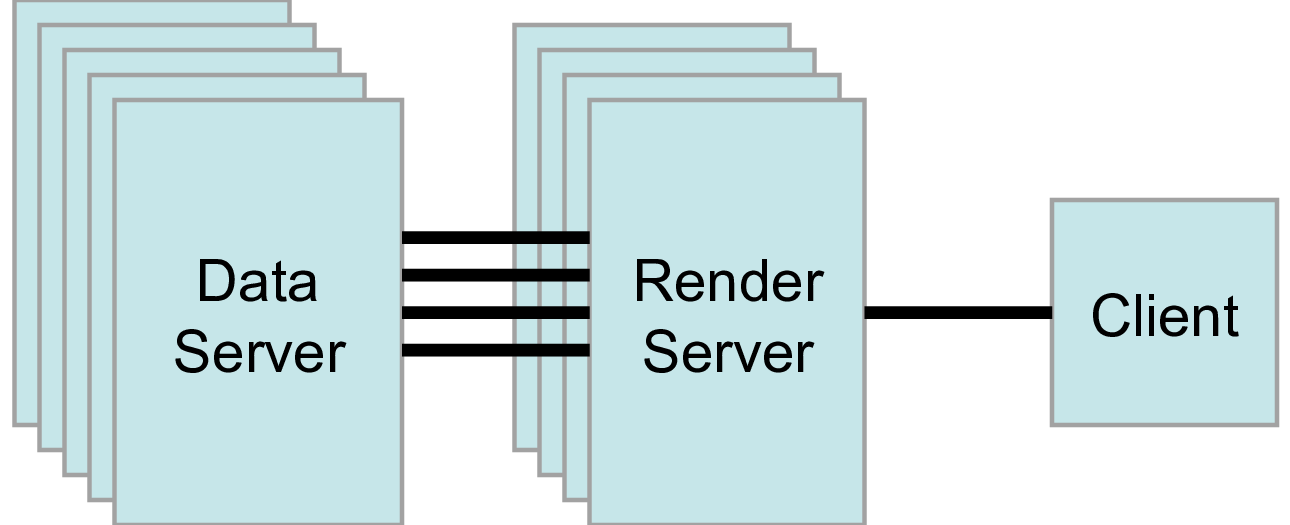

Essentially, WebVisualizer provides a Web-based front-end to ParaView. The application for ParaviewWeb is the WebVisualizer. ParaViewWeb is both a framework and an application. ParaViewWeb allows the end-user to perform computationally intensive analysis and visualization tasks within a Web browser by relying on a remote, and possibly distributed, ParaView server for parallel processing and/or rendering. ParaViewWeb uses a simple Python script to expose ParaView’s HPC large data analysis and visualization capabilities through a Web server. Accordingly, ParaViewWeb’s processing and visualization capabilities can be used in any existing python framework, such as iPython. ParaViewWeb’s framework leverages Python. Using this API, Web applications can easily embed interactive 3D visualization components. ParaViewWeb provides for communication with a ParaView server running on a remote visualization node or cluster using a lightweight JavaScript API. ParaViewWeb relies on HTML 5.0 technologies, such as WebSockets and WebGL, which enable a subset of desktop and mobile Web browsers. ParaViewWeb was developed as a framework used to leverage the power of VTK and ParaView in an interactive manner, and it is part of ParaView’s distributed binaries for Linux and Mac. More specifically, ParaViewWeb uses ParaView to generate data products on the server-side and to rapidly deliver those data products over the Internet to a Web client. ParaViewWeb is a collection of components that enable the use of ParaView's visualization and data analysis capabilities within Web applications.


 0 kommentar(er)
0 kommentar(er)
